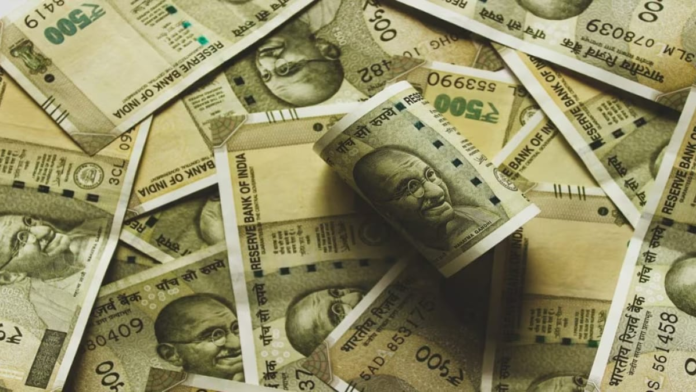Workplace woes and wages are in the spotlight yet again. Iconic business leaders are turning into social media heroes and villains depending on where they stand in the debate on quantity versus quality of work. Suddenly, where you stand and where you sit are both becoming important, as is a renewed discussion on work culture, labour productivity and a widening chasm between the financial compensation of employees in general and that of the CEO or leaders at the top. There is now a new term creeping into the common lingo: Employed poverty – where workers hold jobs but are forced to cope with and survive on inadequate wages.
Coinciding with this, there is the news of the Union cabinet approving the 8th pay commission to revise the compensation for 50 lakh central government employees and 65 lakh pensioners.
Clearly, for the government servants the goal is to protect them against inflation. There is dearness allowance on a regular basis and a pay revision every five years, which, is not linked to productivity enhancements, as pointed out by a leading economist and former banker, who does not want to be named. Therefore, is there something to learn from the public sector on wage revisions or is the mechanism of market forces and labour availability, the way forward in the private sector? Or should productivity enhancement be the deciding metric in any pay revision?
Also Read No 8th Pay Commission? Govt exploring ‘new mechanism’ to replace pay panel system Experts pick holes in govt’s claim of sharper employment growth in last decade India’s income inequality: Why income surveys matter more than global data A middle-class meltdown
Baumol’s Cost Disease
Manish Sabharwal, co-founder and vice-chairman of TeamLease, a leading staffing and human capital firm, refers to the Baumol effect or the Baumol’s cost disease put forth by William Jack Baumol, the celebrated American economist and the professor Emeritus at Princeton University, “who did a lot of work on the cost disease and how costs keep escalating without productivity going up.” The same, he says, applies to the government. “This problem is compounded by the reality that we pay too much at the bottom (within the government) and pay too little at the top. Also, across the board increases in salary blunt meritocracy.
» Read More


